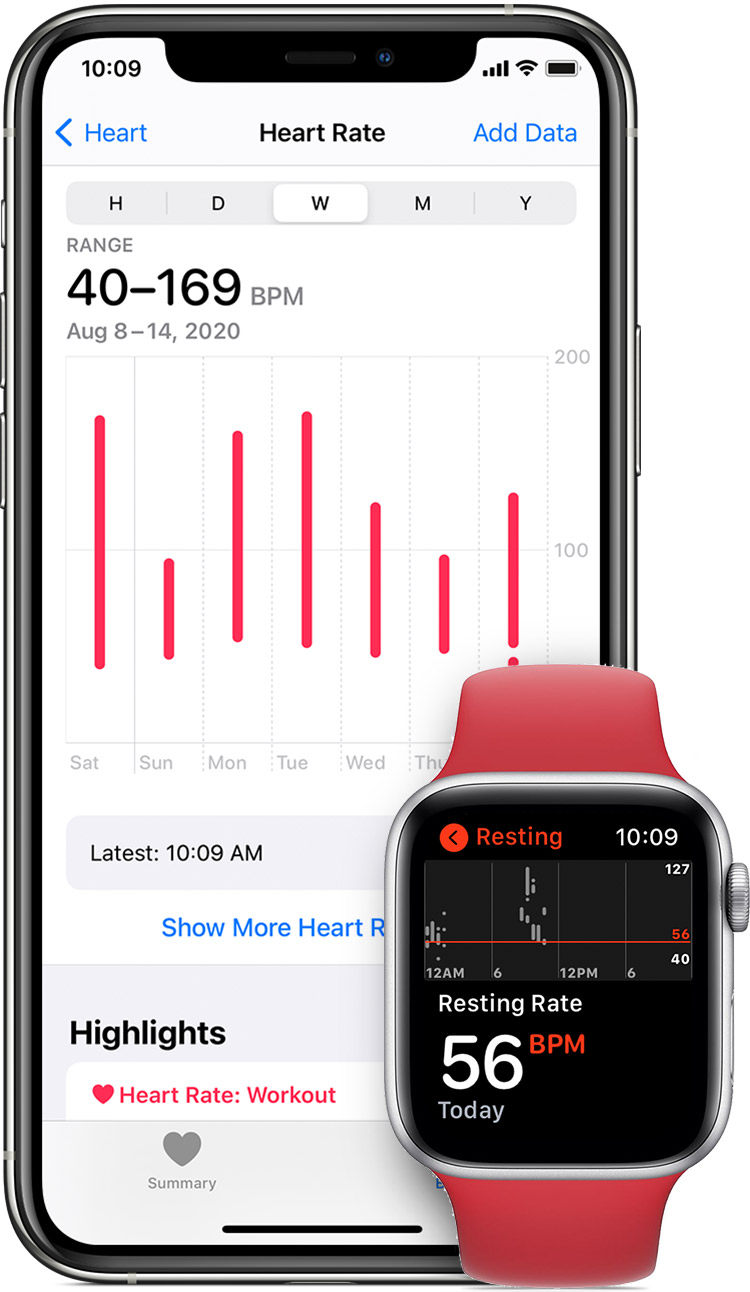The heart's electrical system
The atria and ventricles work together, alternately contracting and relaxing to pump blood through your heart. The electrical system of your heart is the power source that makes this possible.

Your heartbeat is triggered by electrical impulses that travel down a special pathway through your heart:

Your heart rate is the number of times your heart beats per minute (bpm). A normal heart rate is between 60 and 100 bpm while you’re resting. However, it will vary depending on when it’s measured and what you were doing immediately before the reading. How do I measure my heart rate? A resting heart rate of 50 beats per minute (or 8.3 beats every 10 seconds) is slower than the 60 to 100 bpm range considered normal for adults. A heart rate below 60 bpm for adults is a condition called bradycardia and is usually abnormal. Apply gentle pressure until you can feel a slight beat against your fingertips. Count how many beats you feel in 15 seconds. Then multiply that number by 4 to determine your child's heart rate, which is measured in beats per minute. For instance, if you feel 20 beats in 15 seconds, your child's heart rate is 80 beats per minute, a normal rate. Tachycardia, also called tachyarrhythmia, is a heart rate that exceeds the normal resting rate. In general, a resting heart rate over 100 beats per minute is accepted as tachycardia in adults. Heart rates above the resting rate may be normal (such as with exercise) or abnormal (such as with electrical problems within the heart).
- SA node (sinoatrial node) – known as the heart’s natural pacemaker. The impulse starts in a small bundle of specialized cells located in the right atrium, called the SA node. The electrical activity spreads through the walls of the atria and causes them to contract. This forces blood into the ventricles. The SA node sets the rate and rhythm of your heartbeat. Normal heart rhythm is often called normal sinus rhythm because the SA (sinus) node fires regularly.
- AV node (atrioventricular node). The AV node is a cluster of cells in the center of the heart between the atria and ventricles, and acts like a gate that slows the electrical signal before it enters the ventricles. This delay gives the atria time to contract before the ventricles do.
- His-Purkinje Network. This pathway of fibers sends the impulse to the muscular walls of the ventricles and causes them to contract. This forces blood out of the heart to the lungs and body.
- The SA node fires another impulse and the cycle begins again.
At rest, a normal heart beats around 50 to 99 times a minute. Exercise, emotions, fever and some medications can cause your heart to beat faster, sometimes to well over 100 beats per minute.
How fast does the normal heart beat?
How fast the heart beats depends on the body's need for oxygen-rich blood. At rest, the SA node causes your heart to beat about 50 to 100 times each minute. During activity or excitement, your body needs more oxygen-rich blood; the heart rate rises to well over 100 beats per minute.
Medications and some medical conditions may affect how fast your heart-rate is at rest and with exercise.
How do you know how fast your heart is beating?
You can tell how fast your heart is beating (your heart rate) by feeling your pulse. Your heart-rate is the amount of times your heart beats in one minute.
You will need a watch with a second hand.

Place your index and middle finger of your hand on the inner wrist of the other arm, just below the base of the thumb.
You should feel a tapping or pulsing against your fingers.
Count the number of taps you feel in 10 seconds.
Multiply that number by 6 to find out your heart-rate for one minute:
Pulse in 10 seconds x 6 = __ beats per minute (your heart-rate)
When feeling your pulse, you can also tell if your heart rhythm is regular or not.
Normal Heart Beat
1. The SA node sets the rate and rhythm of your heartbeat.
2. The SA node fires an impulse. The impulse spreads through the walls of the right and left atria, causing them to contract. This forces blood into the ventricles.
3. The impulse travels to the AV node. Here, the impulse slows for a moment before going on to the ventricles.
4. The impulse travels through a pathway of fibers called the HIS-Purkinje network. This network sends the impulse into the ventricles and causes them to contract. This forces blood out of the heart to the lungs and body.


Heart Beat Per Minute By Age
5. The SA node fires another impulse. The cycle begins again.
